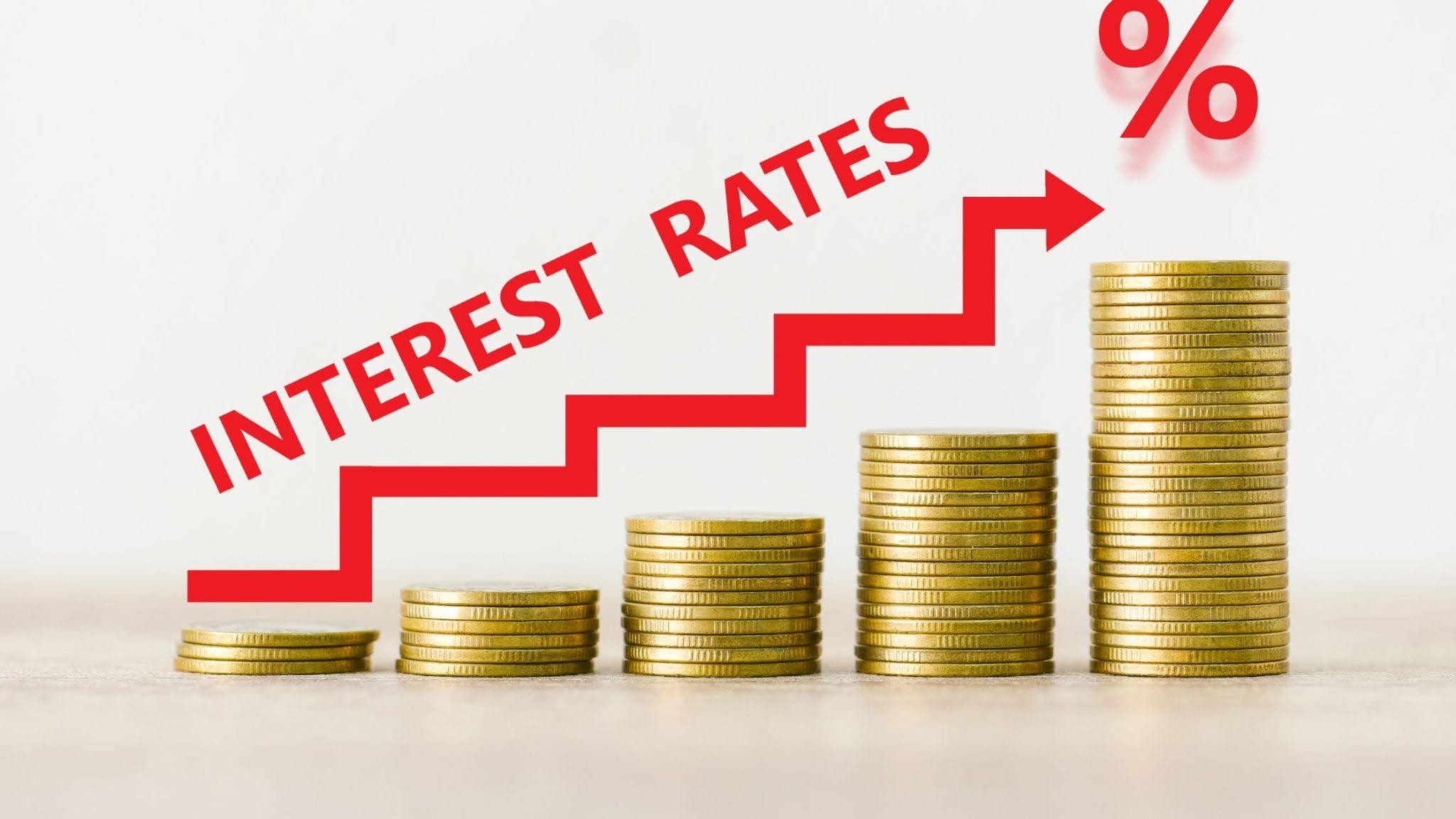How Senior Citizens Can Use Fixed Deposits for a Stable Retirement Income
After years of hard work and saving, retirement is when you can finally enjoy peace of mind and a secure income. For most senior citizens in India, fixed deposits (FDs) are still one of the default choices for precisely that. With comparatively low risk and certain returns, FDs can be a reliable anchor in your financial portfolio. But here’s the twist: the fixed deposit interest rate for senior citizens is usually greater than what the younger account holders get.
Let’s examine how you or your family can use fixed deposits (FDs) to generate a secure, stress-free retirement income. These reliable investment options offer predictable returns, making them ideal for those seeking stability in their golden years. With flexible tenures and interest payout options, FDs can be tailored to suit varying financial needs during retirement.
Why FDs Remain Relevant Post-Retirement
As you are retired, your concern changes from increasing your wealth to maintaining it and earning a steady income. FDs meet both requirements. They’re secure, simple to comprehend, and don’t need you to watch the market or risk more than you should.
With better fixed deposit interest rates for elderly people, financial institutions and banks encourage retirees to use their money wisely.
- More Interest, Less Concern
Senior citizens normally receive an additional 0.25% to 0.75% above standard FD rates. Thus, if the typical fixed deposit interest rate is 6.5%, seniors could receive 7% or even higher. That amount may look trivial, but it makes a big difference over a long period.
These higher rates are offered on most tenures, whether it’s a brief 6-month deposit or a longer 5-year plan.
- Regular Payout Options
You can select different interest payout frequencies—monthly, quarterly, or annually. For retirees who want to supplement their monthly paycheque, a monthly payout FD can be a steady source of income without touching the principal.
It’s like designing your pension stream—but on your terms.
- Laddering for Flexibility
Rather than putting all your savings in a single big FD, break it into pieces of varying maturities. This technique, known as FD laddering, provides liquidity and ensures that some portion of your investment will mature each year. Reinvest at new fixed deposit interest rate levels and maintain stable returns.
This is especially helpful in a fluctuating interest rate environment where locking into one rate may not always be ideal.
- Tax Benefits and Considerations
While interest from FDs is taxable, senior citizens can claim tax deductions under Section 80TTB of the Income Tax Act—up to Rs. 50,000 per financial year on interest income. Combine this with other exemptions and smart investment planning, and you’re looking at a tax-efficient income stream.
Certain banks also provide tax-saving FDs for seniors with a 5-year lock-in and extra benefits.
- Low Risk, High Peace of Mind
FDs are insured up to Rs. 5 lakh per bank under the DICGC scheme (Deposit Insurance and Credit Guarantee Corporation), providing security. And they’re not exposed to market fluctuations, so your capital remains safe regardless of what the stock market is doing.
That’s particularly worth it when you’re no longer drawing a steady salary and must be more frugal with each rupee.
Final Thoughts
Retirement should not be a time of uncertainty. With increased fixed deposit rates for senior citizens and stable returns, FDs can offer the financial security and stability that all retirees are entitled to. Whether for daily expenses, medical bills, or peace of mind, strategically utilising FDs is a surefire method to convert your savings into stable income.
So, if you’re planning for retirement or helping a loved one do it, don’t overlook the humble FD. Sometimes, simple is smart.
